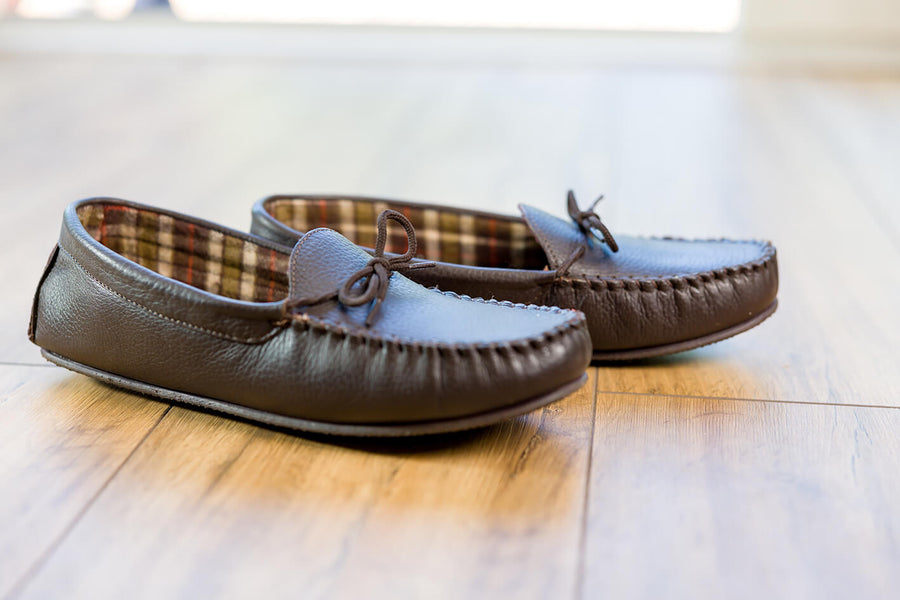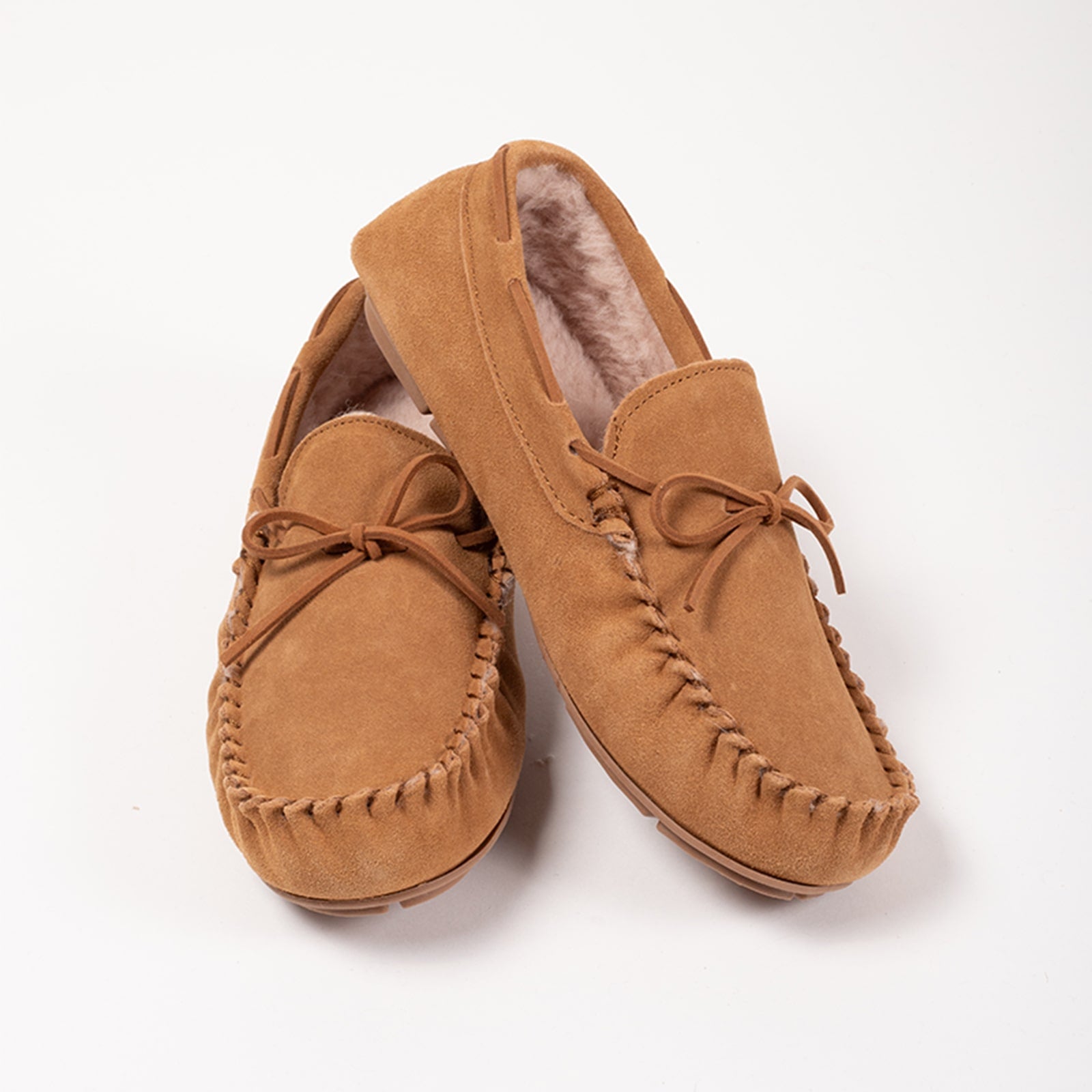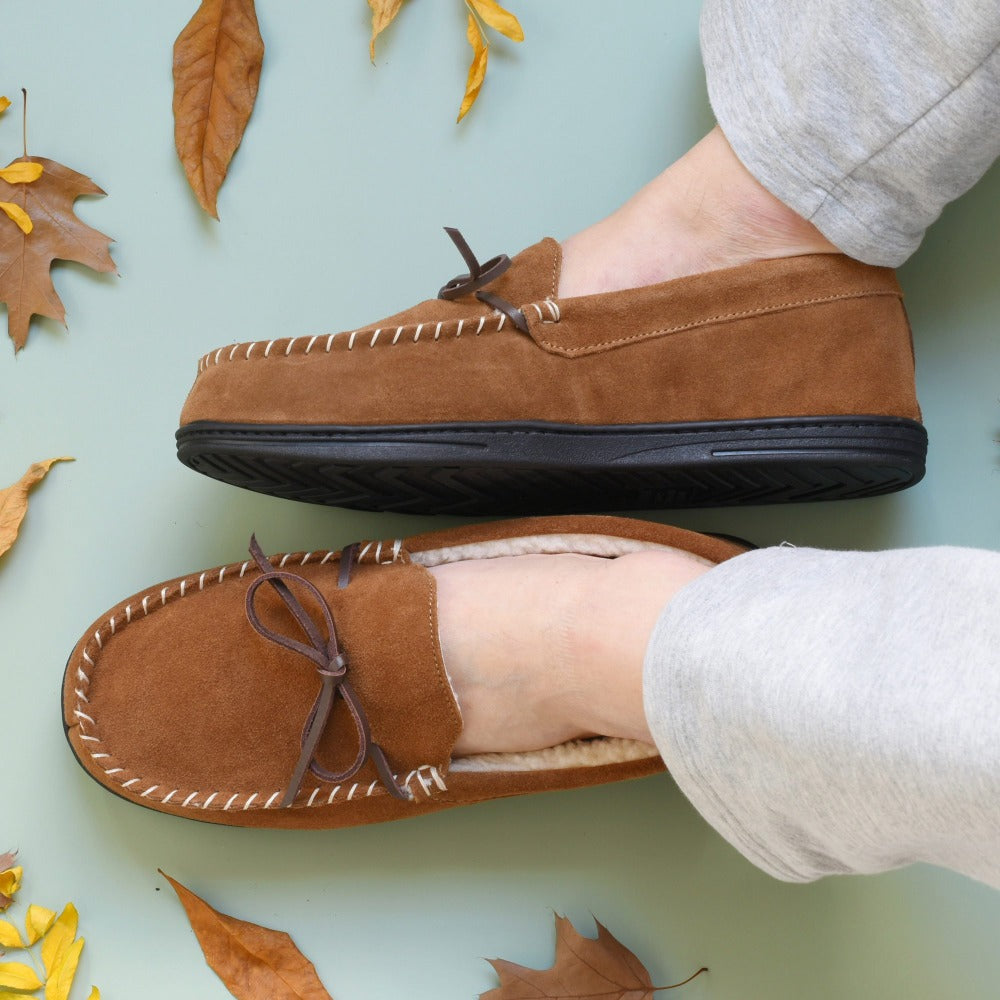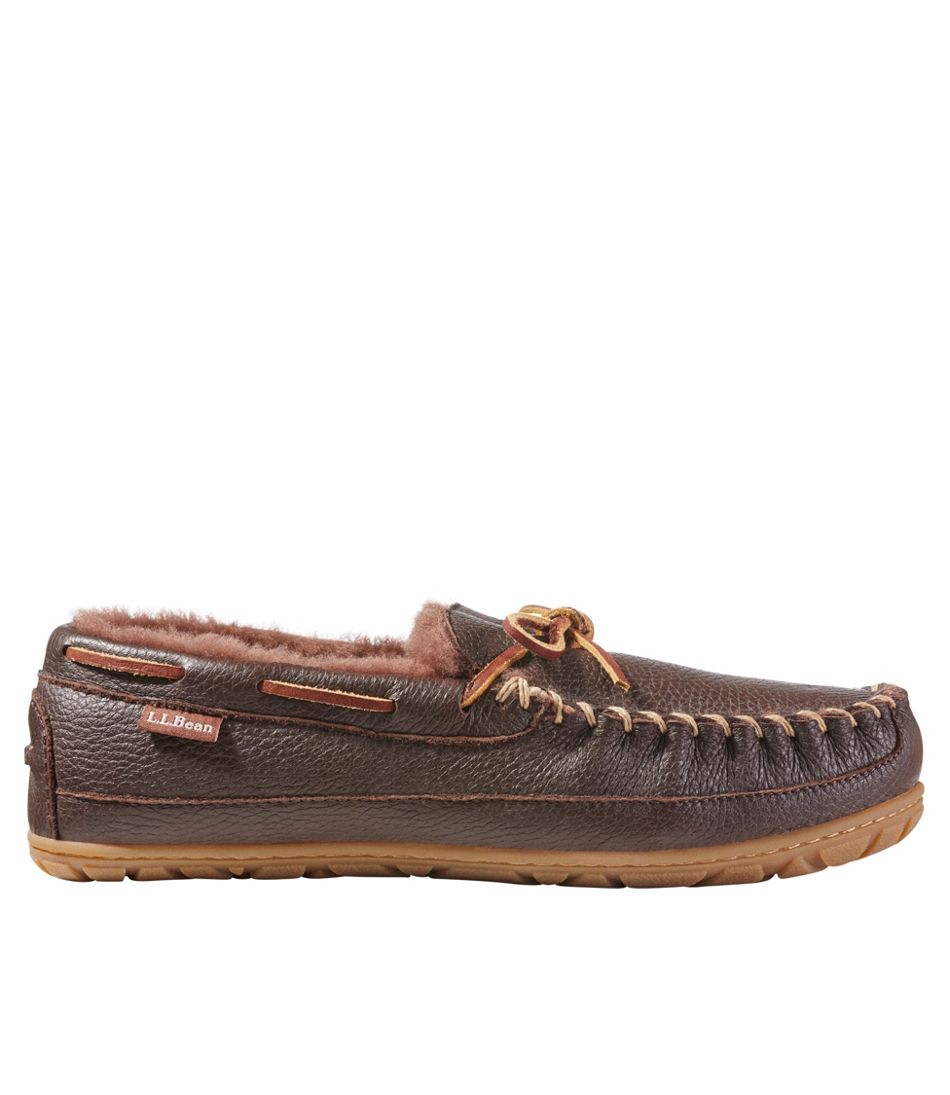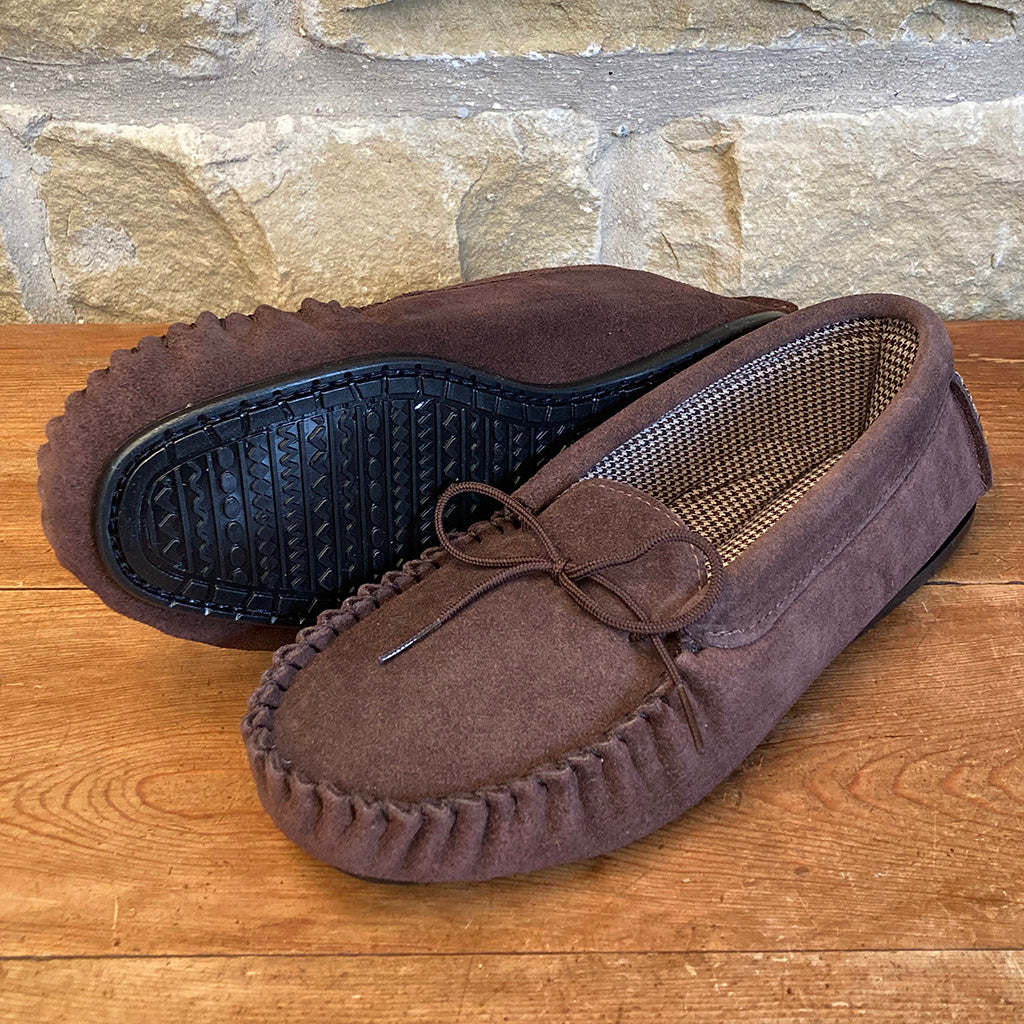This Item Ships For Free!
All leather moccasin slippers sale
All leather moccasin slippers sale, Mens Leather Moccasin Slipper with Fabric Lining Style 13 sale
4.6
All leather moccasin slippers sale
Best useBest Use Learn More
All AroundAll Around
Max CushionMax Cushion
SurfaceSurface Learn More
Roads & PavementRoads & Pavement
StabilityStability Learn More
Neutral
Stable
CushioningCushioning Learn More
Barefoot
Minimal
Low
Medium
High
Maximal
Product Details:
Olukai Mens Kipuka Hulu Leather Moccasin Slippers Toffee Nubuck sale, Yarm Leather Moccasin Slippers YARM by Jones Bootmaker sale, The Men s Moccasin sale, Ladies Leather Moccasin with Fabric Lining and Hard Sole Rachel sale, Mens Sheepskin Earthing Grounding Moccasin Slippers Soft Suede Leather Sole with Unlined Lace Tie Men Lambland UK Made Handcrafted Moccasins sale, Men s Quality Genuine Moose Hide Leather Foam Moccasin Slippers sale, Men s Softsole Sheepskin Slippers All American Clothing Co sale, Handcrafted British Leather Moccasins with Fabric inner sale, totes Isotoner Suede Moccasin Slippers Tan at John Lewis Partners sale, Leather Moccasin SLIPPERS Footskins sale, Mens Suede Moccasin Slipper with Fabric Lining Style 14 sale, Men s Wicked Good Moccasins Moosehide Slippers at L.L.Bean sale, Men s Genuine Suede Moccasin Slippers Isotoner USA sale, Pacas Inc. Women s Alpaca Lined Moccasin Slipper sale, Michael Mens Leather Moccasin Slippers Black Leather Drapers sale, Mens Leather Moccasin Slipper with Fabric Lining Style 13 sale, Men s Handmade Genuine Leather Suede Soft Sole Moccasin Slippers sale, Deluxe Mens Adam Sheepskin Moccasin Slippers with Hard Sole sale, Men s Women s UK Made Cotton Lined Suede Moccasin Slippers Hard Sole Moccasins sale, Leather Moccasin Slipper Black sale, Golf Moccasins sale, Men s Fireside by Dearfoams Victor Genuine Shearling Moccasin sale, Men s Fleece Lined Buffalo Hide Canada Made Leather Moccasin sale, Mens Sheepskin Moccasin Slippers Soft Suede Leather Sole With sale, Mens Tan Grey Black Leather moccasins Slippers Made In Britain UK 6 12 sale, Ladies Premium Suede Cotton Lined Moccasins at Lambland sale, Men s Leather Moccasins Style Slipper sale, Men s Sheepskin Lined Genuine Leather Moccasin Slippers Made in the UK Brown eBay sale, Best Men s Authentic Genuine Leather Suede Moccasin Slippers sale, Mens Unlined Bullhide Soft Sole Moccasin sale, Mens Leather Moccasin Slippers Rubber PVC Sole Unlined Hard sale, Brown Leather Moccasin Slipper Hard Sole Paul sale, Leather Moccasin Slipper Tan sale, Men s Leather Moccasin slippers Wool Lining Snugrugs sale, Men s Genuine Leather and Suede Earthing Moccasins sale, Product Info: All leather moccasin slippers sale.
- Increased inherent stability
- Smooth transitions
- All day comfort
Model Number: SKU#6771209

